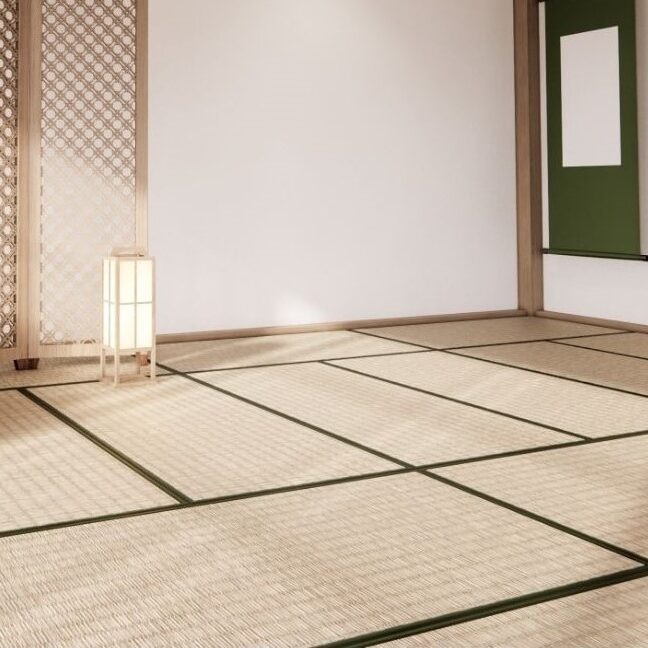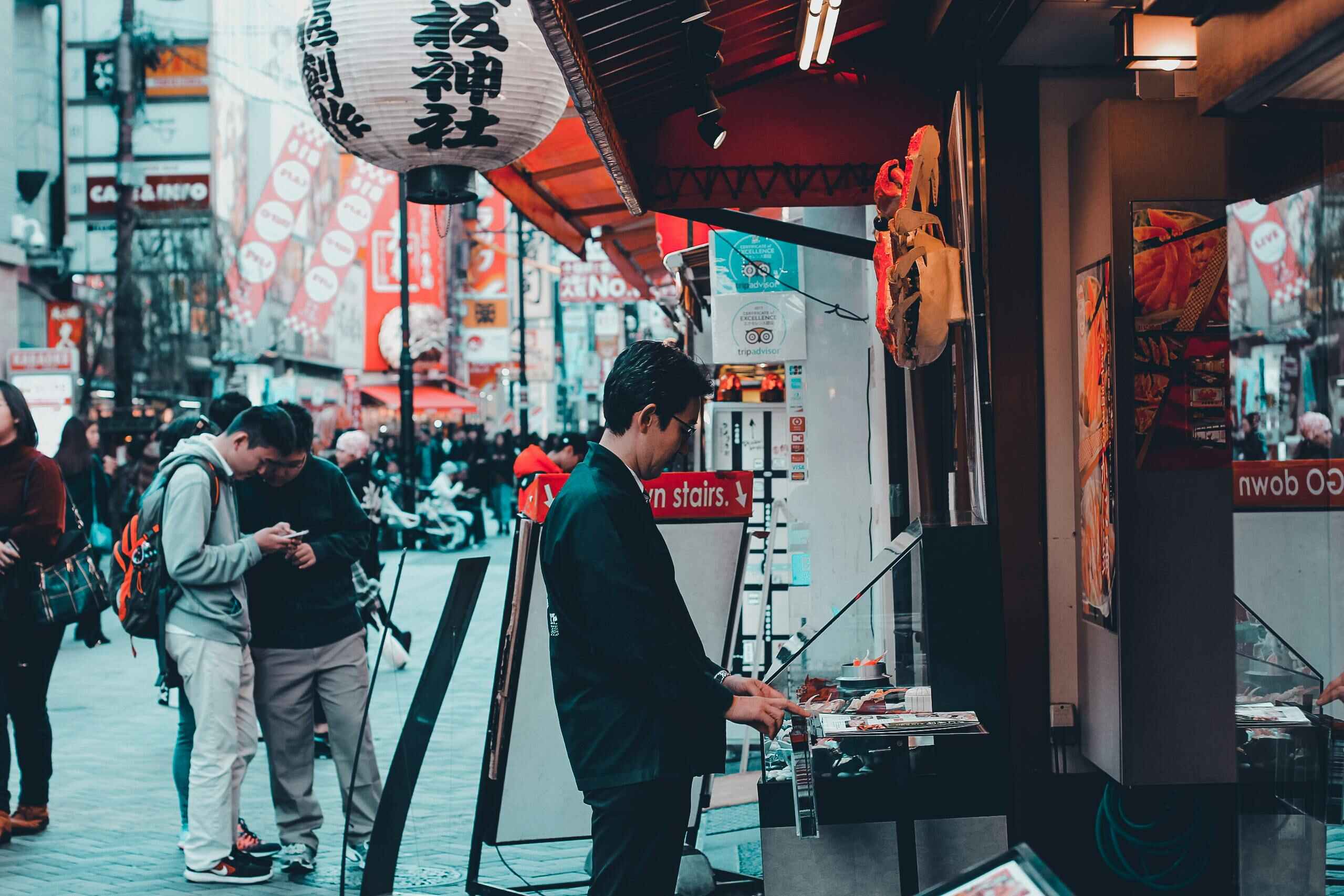Do you dream of living in a traditional Japanese tatami room, known as a washitsu?
https://youtu.be/MH5o9sfZB2U?si=VV0D-sB8NUotWxtZ
If you prefer to read the article, here you go!
Tips for living in a Washitsu, traditional Japanese-style tatami room
Tatami are traditional mats made from woven straw, and they have been used as flooring in Japanese houses for centuries.
They can be found at various tourist spot such as temples, tea houses, and traditional Japanese-style inn called “ryokan”.
Tatamai rooms are called washitsu, and they have a unique calm atmosphere, however, there are several considerations to keep in mind to live in a tatami room in real life.
Here are three key points to be aware of.
Furnishing
Soft and comfortable tatami mats have the drawback of being dented easily when heavy furniture is placed on them.
To prevent these dents, it is recommended to avoid placing four-legged furniture, which tends to concentrate pressure, in a tatami room.
If you want to put furniture there, using sheets designed for tatami mats, which can be found at 100 yen shops or home improvement stores, is effective.
Cleaning
Since tatami mats have woven seams, it’s important to always follow the direction of these seams when cleaning.
For example, vacuuming against the seams can cause scratches or make it easier for dust to accumulate in between.
Costs
If you live in a rental apartment with a washitsu, the cost of replacing tatami mats due to aging is usuallly covered by the landlord.
However, in case there are damages caused by the tenant’s intentional actions or negligence, such as stains from spilled drinks, the tenant may be responsible for the costs.
Remember these key points, and enjoy your life in a washitsu!
Related articles
Purchase and Disposal of Furniture and Appliances in Japan
Features of Japanese rental contracts
Initial moving costs in Japan


